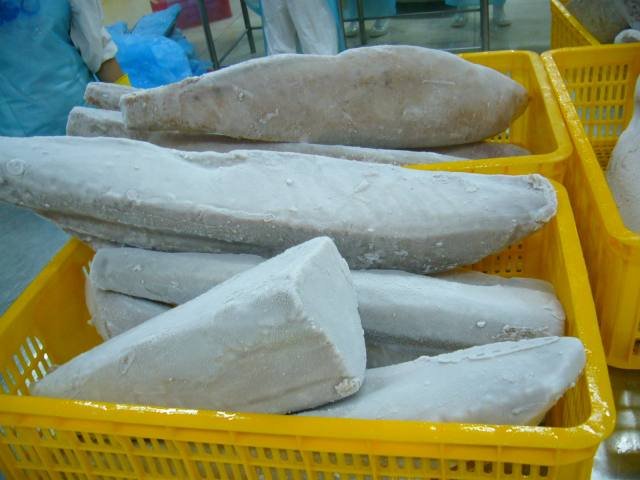Today, tuna is considered as one of the global commodities that does not only play an important role in the global food security, but also provides a wide range of livelihood opportunities. Each year, there is a high proportion of frozen tuna and tuna products that are traded both domestically and internationally. Trans-shipment and transport of these frozen seafood products can take a long period of time. During that time, there are several factors which can greatly affect the conditions of the tuna cargoes in fishing vessels.
Sometimes, cargoes of frozen tuna products are found to be damaged when they are unloaded from ships. Many retailers, wholesalers, or food service business owners experience this especially if they are getting supplies from a reputable seafood supplier.
So, how do you assess the quality of the frozen tuna products (or any frozen fish product for that matter) shipped to you? As a trusted and highly-regarded frozen tuna supplier, let Indo Merchandise, Inc. inform on how to evaluate the quality of frozen fish products.
Condition of Frozen Tuna
It is not simple to appraise the inherent quality of frozen seafood by just looking at them. However, with experience, you can obtain some indication of pre-freezing quality from the appearance of the seafood products. If the frozen seafood products delivered to you are packaged, you should open the cartons to assess their quality.
Visual Quality
Upon receiving your supply of tuna from your seafood supplier, you should examine the frozen fish individually for signs of spoilage before storing them in your own freezers. You should take particular attention to the eyes and skin of the fish (in case of whole fish). You can find obvious differences in the appearance of the tuna which can tell if it is of good quality or not.
The overall color of your tuna (or any other fish species) should be bright and demarcated not degraded and dull. The tuna’s eyes must be clear or slightly cloudy which is flat to the head or projecting slightly. If the tuna has yellowish or reddish, sunken or missing eyes, it indicates poor quality. The skin of the tuna should be clean without discolored slime or any coating.
There should be no blemishes and contamination on the surface of the frozen product. Frozen whole tuna should not have abrasions or tears to the skin, splits in the flesh, and patches of freezer burn. The products mustn’t be contaminated with dust, organic matter (fish offal or vegetable debris), or any other foreign matter.
Nature and Integrity of the packaging and wrapping
Packaging of the frozen tuna products is intended to protect the seafood product from any damage. Any damage to the outer wrapping can become an entry for contamination and damage to the frozen product. The wrapping of frozen tuna products should be sealed and is closely applied to the product. The wrapping or packaging of the frozen tuna package (or in any packed frozen seafood product) should include the details of the type and condition of the wrapping and of course details about the product.
What You Should Do
Always document any damage you notice from the supply of frozen fish you receive. When possible, take photographs of the defect or damage to your frozen tuna product supply. Inform your supplier of the defects. Demand for an exchange of the products they have delivered.
Of course, if the products and service of your supplier is continuously poor, you should transfer to another supplier who has a proven track record of good service and premium products.

